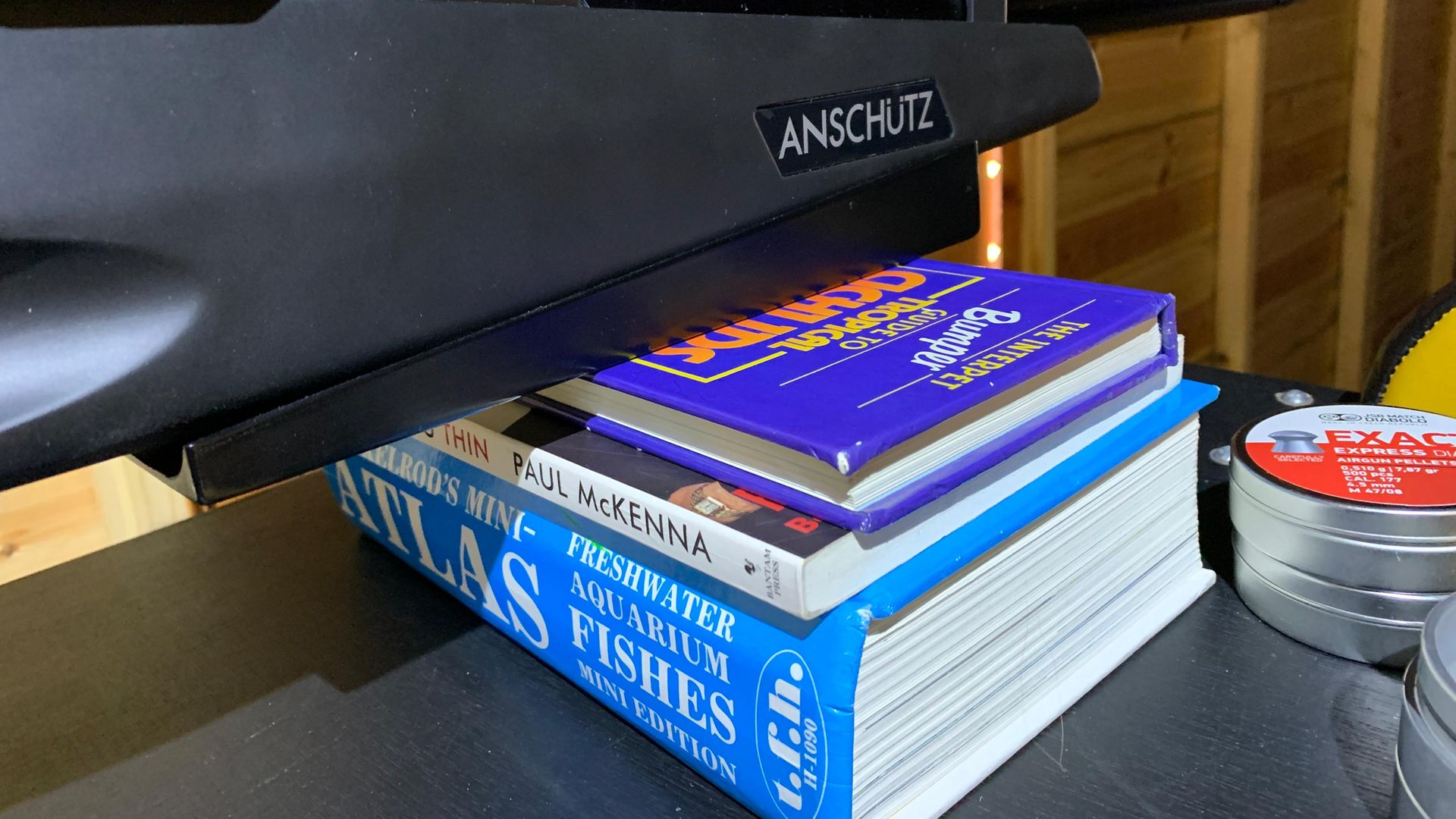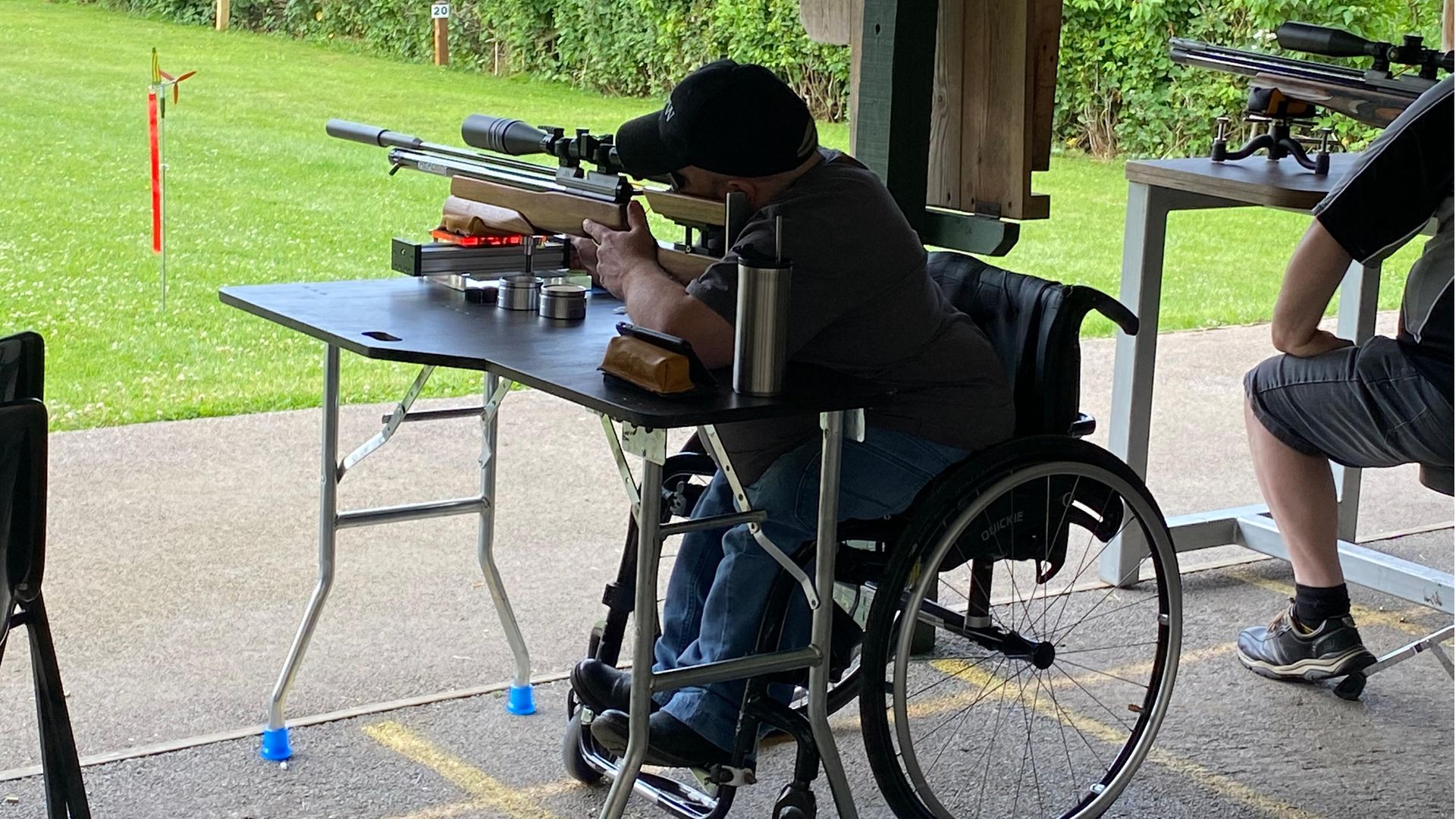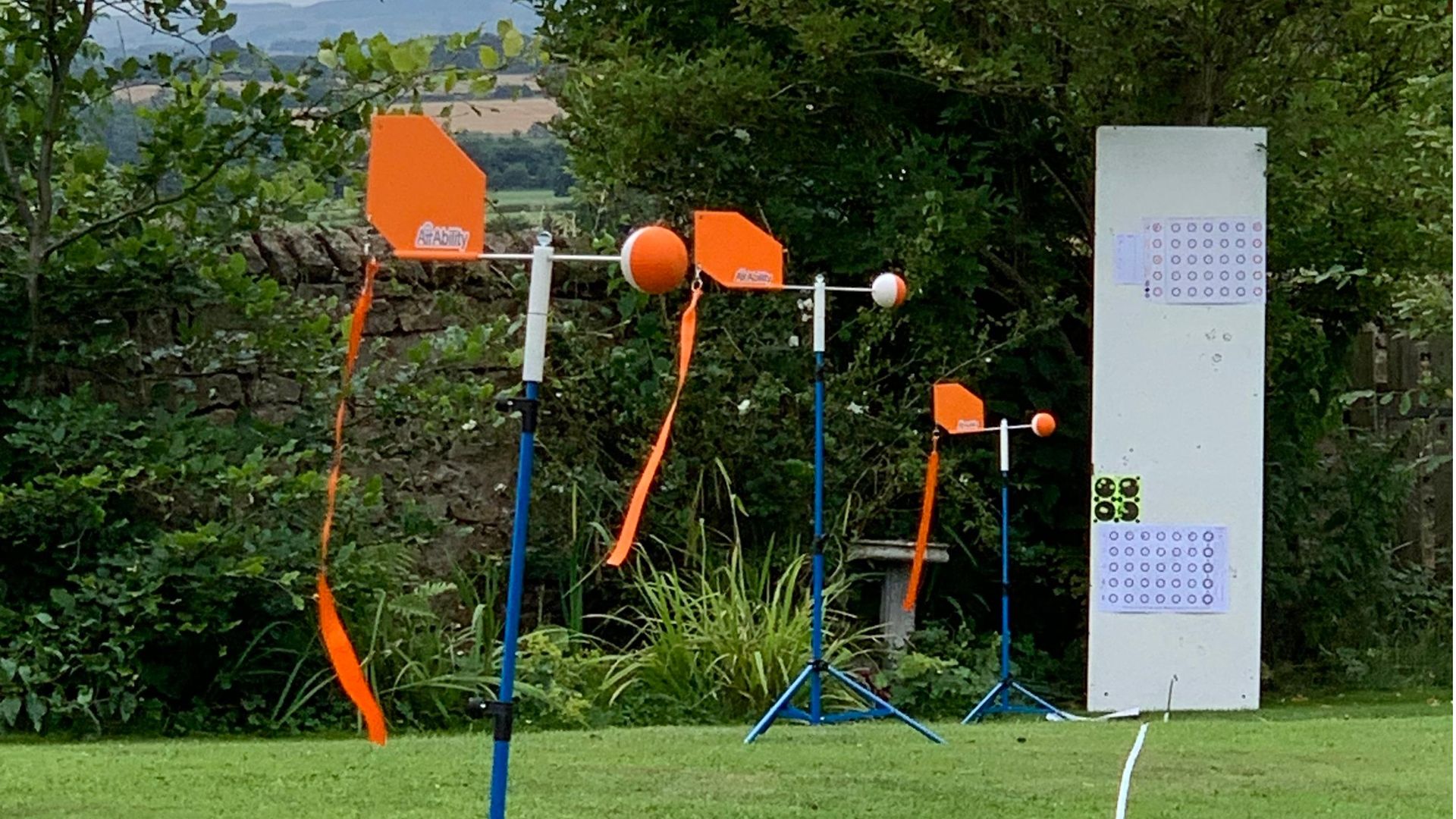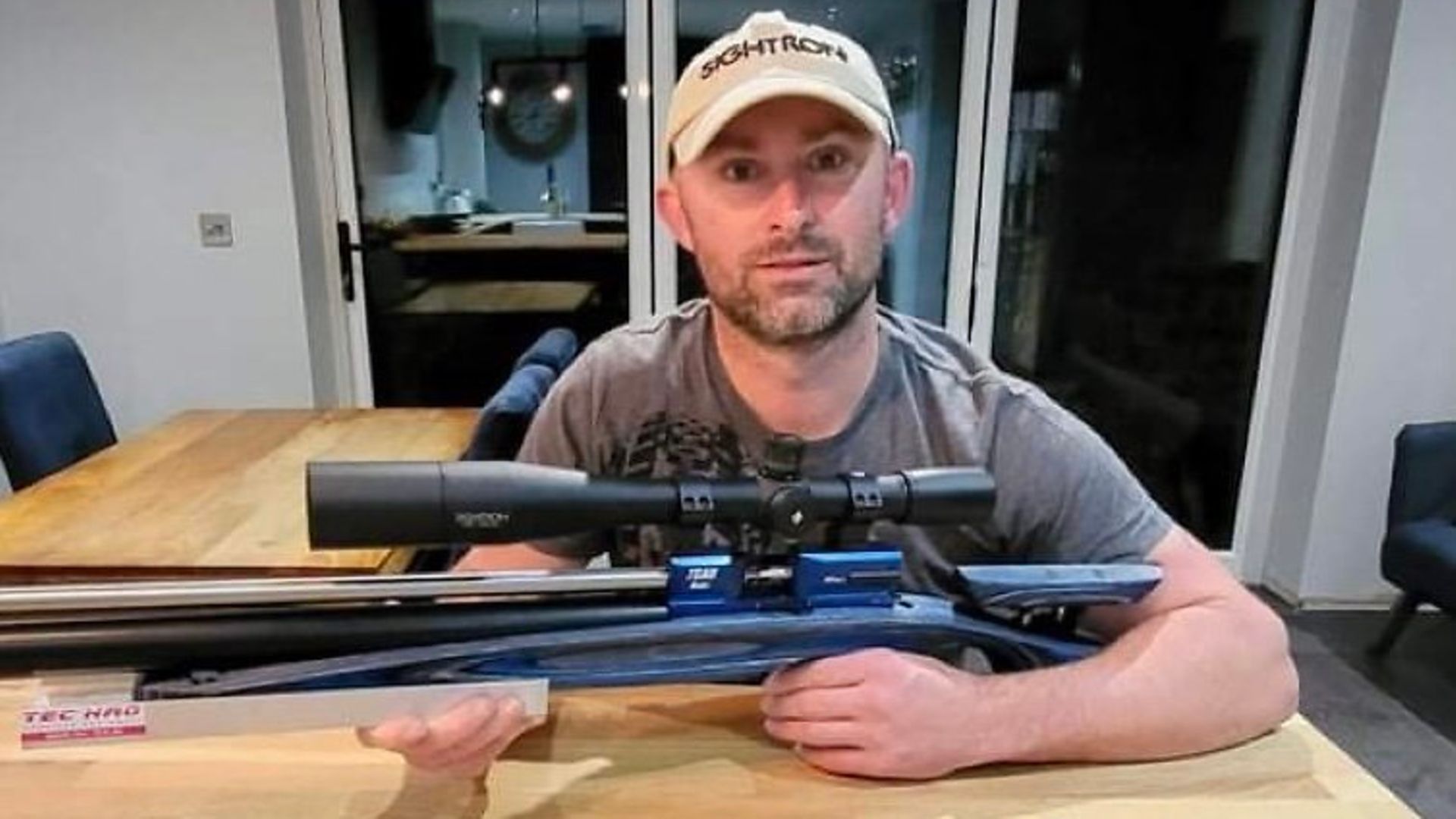Matthew Gleaves continues his series on how to improve your benchrest shooting skills with a closer look at the equipment you will need to get going
Read part 1 here for an overview of basic rules and how to get started
I have only been a benchrest shooter for two years, so I’m in a unique position to share my thoughts and lessons learned. This month’s offering is an overview of the equipment you’ll need to start out in the sport, and we’ll talk to some of the participants about what they use. As I said last month, I believe benchrest is the Formula One of air rifle shooting, so it’s not the cheapest sport, but with some research and a little cunning whilst prowling around for second-hand stuff, you can get the required gear on a budget.
 credit: Archant
credit: Archant
A good air rifle
Obviously, the rifle you will be using for benchrest is key to your whole experience and success, and there are a few parameters that I believe to be essential when selecting a rifle. Any benchrest air rifle should have the ability to shoot a minimum of 50 consistent accurate shots. This will allow you to shoot a full set of 25 targets with ample sighters, if required. You will also need the option of single-shot loading, with or without an adaptor. Finally, when selecting a rifle, look at the ones that score well in competitions and then try one before you buy.
A great example of a good ‘out of the box’ benchrest rifle is the Air Arms HFT500. It has all the attributes described above and can be modified and tuned as you continue your benchrest journey. I have an HFT500 myself, and find they always do well in competition. My HFT500 has grown with me in the sport and I’ve added a custom benchrest stock and other bits and bobs.
 credit: Archant
credit: Archant
A front rest
Which rest you choose is linked to the type of benchrest competitions you compete in. For NSRA, you need a horizontal flat-top rest, whereas for Benchrest UK (World Rules) you need a rest with a bag on top, filled with sand – you will really need to read and understand the rules.
Rests can range from £50-£2000, and some of us choose to make our own rests to meet our specific needs. When I first started, I used some big books to rest on, and they were as sturdy as any rest I used in the future, just not as adjustable and aesthetic-looking as the ones you can buy.
... and a back bag
You only need a back bag if you are shooting World rules, or at a Benchrest UK competition. These can be picked up for as little as £10 on eBay, but as you improve, you could move on to some of the hand-crafted leather bags costing hundreds of pounds. I see many debates on the forums on what to fill your bags with, but if you are shooting in World Rules competitions, you can only fill your bags with sand.
 credit: Archant
credit: Archant
A riflescope
When choosing a scope, you need to consider a few things; the scope needs enough magnification and to be clear enough to see a 2mm bull at 25m; the reticle of the scope needs to be thin enough so that it doesn’t completely obliterate the bull; the scope needs to have a fine adjustment so you can zero exactly into your preferred spot. Most benchrest shooters use fixed-magnification scopes because they usually offer the best clarity and fine reticles – 36 or 45 times magnification are the most popular. I have a Sightron S11 36 x 42 benchrest scope on my rifle and they are not cheap, but they offer the best value and functionality for the money. You should never need another benchrest scope.
Pellets
Nobody can tell you which is the best pellet for your gun because all rifles are different – even individual rifles of the same model. Get a good selection of pellets and start testing. Once you have found a good pellet, accuracy can be further improved by sizing, weighing and lubing each pellet.
 credit: Archant
credit: Archant
Wind flags
Wind flags are essential when shooting benchrest outside and with practice, they will allow you to adjust your aim so that you can hit the target in varying weather conditions. Wind flags can be quite hard to get hold of so your best bet is to ask where people get them from, on Facebook and the Internet forums.
A drummer's stool
Yes, you’ll need one of these, too. If you have an adjustable seat, you’ll be comfortable and shooting at the correct night for your equipment, whatever the height of the range’s benches.
 credit: Archant
credit: Archant
Going ultra geek!
Once you have got all the gear and started shooting, you’ll be interested in anything that can improve your performance. The whole world of pellet -esting, pellet-sizing and rifle-tuning will become intriguing to you and you’ll need a whole new bunch of gear for this, including chronographs, pellet sizers and pellet scales. The list goes on and on – there is always something new to learn and buy.
Now you have all the gear, the hard work starts. All you need to do now is practise, practise, practise, absorb as much information as you can from other shooters and read as much as you can on the subject .
What's on your bench?
Across the land, there is an army of privateers in sheds and garages, building, fettling and tuning their equipment ready for the next event. Let’s take some time to meet some of them and see what they have on their benches...
 credit: Archant
credit: Archant
Jerry May: I shoot a RAW TM1000 .177. It sits in my self-designed aluminium chassis system, incorporating a Hogue rubber pistol grip, 380cc air bottle, titanium barrel sleeve, saving 100g on the original stainless steel one. I’ve also modified the regulator, the Belville washers having been replaced by a coil spring. I’ve also added a custom muzzle brake/air splitter and barrel harmonic tuning weight. Finally, I reworked the trigger. I use a Leupold Competition 35 x 45mm target-dot reticle telescopic sight and a NOTA front rest with an SEB rear bag.
I’ve shot benchrest for over 30 years in the centrefire divisions and being a member of the UKBRA I’ve been crowned British Champion three times. One of the things I enjoy is engineering and I love tinkering, so my main competition air rifle is quite modified. It’s still work in progress and I have more plans for it. I shoot WRABF rules. When shooting a competition the only equipment I have on the bench is rifle, front rest, rear bag, pellets and timer.
 credit: Archant
credit: Archant
Paul Metcalfe: I have been shooting benchrest for about six years and I love the sport. A lot of people think there is no skill involved having your gun in a rest at the front and bag at the rear, but they just don’t understand. When you’re aiming at a 2mm dot 25 times in a row at 25 metres, it is far from easy, especially outdoors when you could be having to aim off one, two, or even three inches to compensate for wind. I shoot a Daystate Tsar with a Cicognani front rest. This is my second Tsar because I really regretted selling the first one. I also use a Sightron benchrest scope and a Protektor back bag. The best advice I can offer is to set up your rifle to suit you and your body, so that you feel at one with the gun. Also take the time to size and prepare your pellets for added consistency.
 credit: Archant
credit: Archant
Danny Easter: Benchrest is the ultimate test of accuracy and I shoot NSRA Spring-piston class. Primarily, I used a highly modified TX200, but I recently sold that rifle and we are now building a purpose-built springer benchrest rifle based on the Diana 56 action. Once finished, I am convinced this build will compete well in the Open class, as well as the Spring-piston class, so my reason for choosing this particular rifle is outright performance. I also use a bespoke custom built rest. Remember to choose a rifle proven to work. Make sure your rest conforms to the rules, and practise using the same equipment, even wearing the same clothes and shoes every time. My best advice is to test as many different types/batches/dies of pellets as you can because the difference can be worlds apart. Always remember, it’s all about fun, and winning comes second.
Part 3
Next time, we will be learning about what to expect when attending your first World Rules Benchrest UK competition.